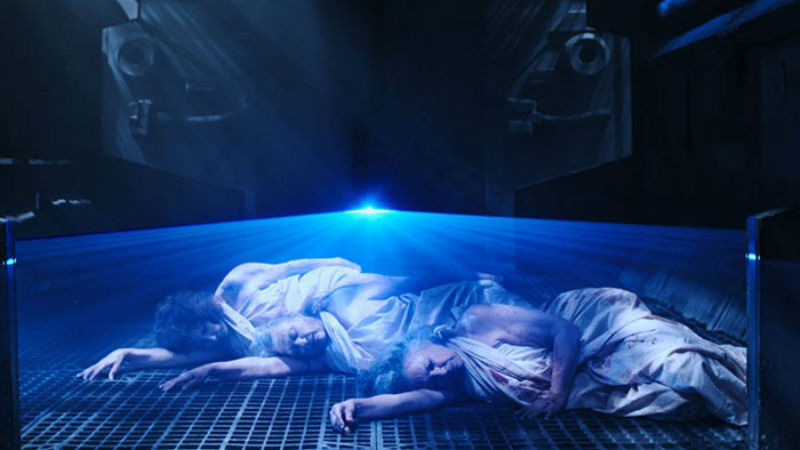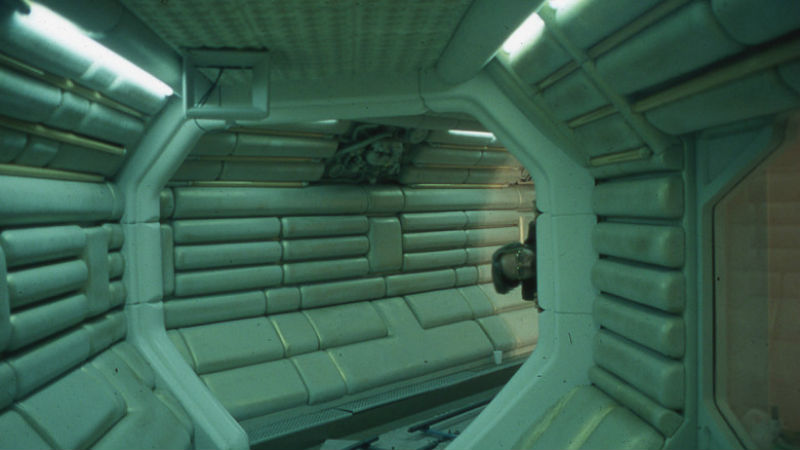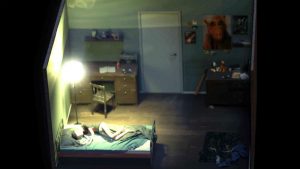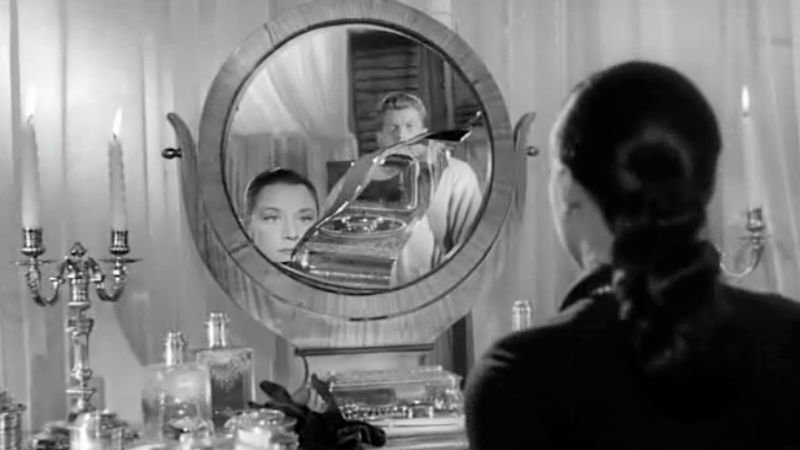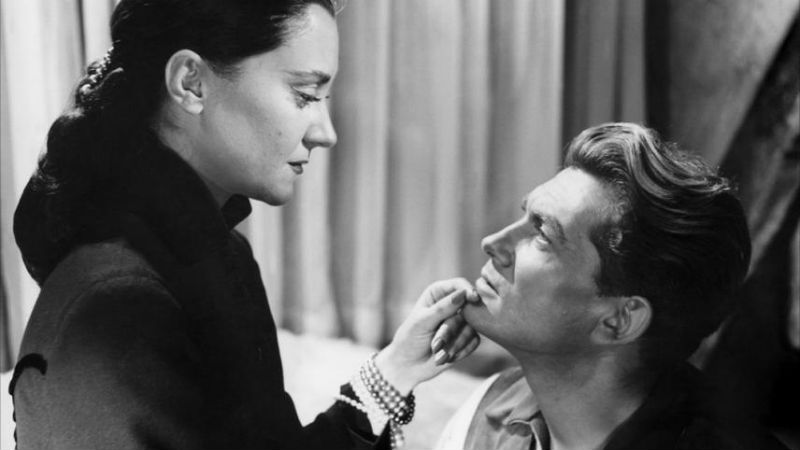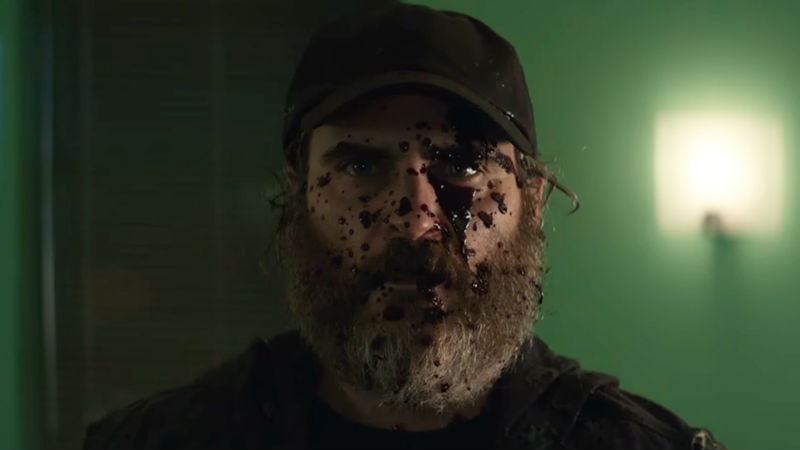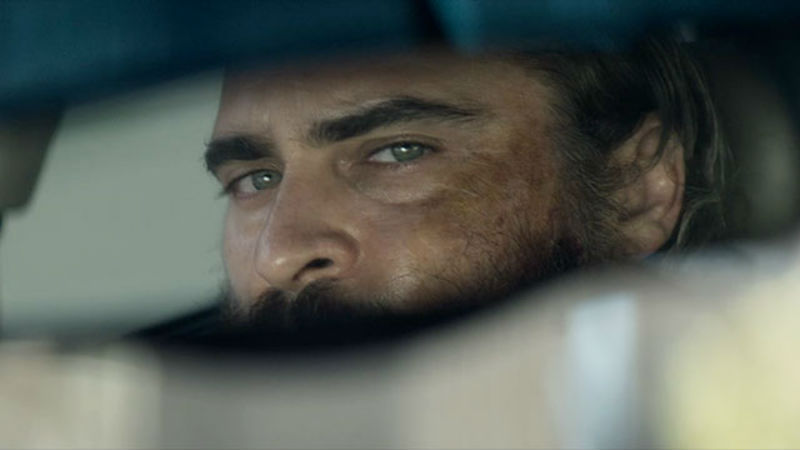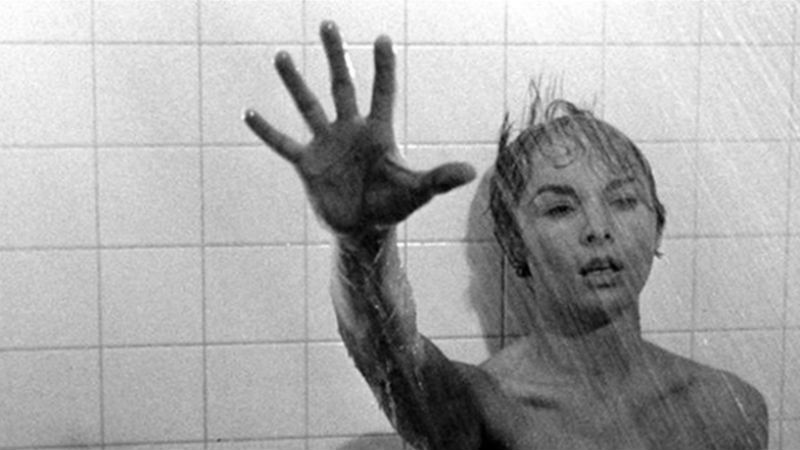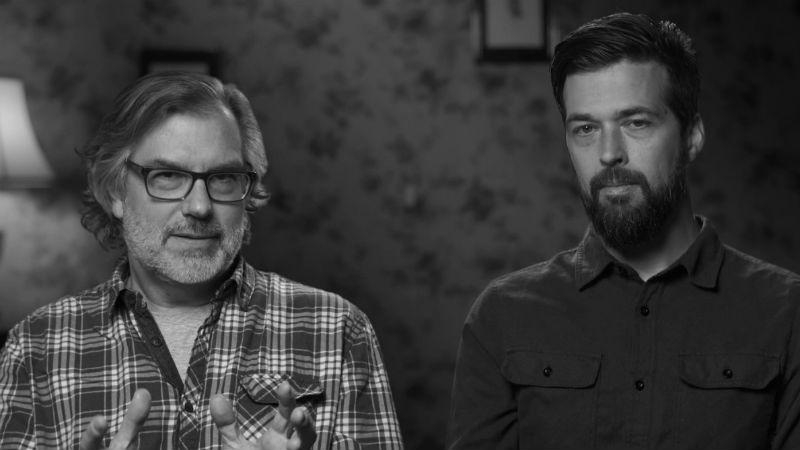In terms of longevity and influence, Alfred Hitchcock proved to be one of the most enduring directors of his generation, spearheading a narrative style that was homaged by James Bond directors John Glen and Peter Hunt in later years. His status was assured to the point where his name stood comfortably beside Hollywood luminaries Cary Grant, Grace Kelly and James Cagney, becoming a director ubiquitous within the realm of celebrity culture. In his book HITCHOLOGY, film writer Neil Alcock peers at the English director’s body of work, contextualising his artistry both in the era when it was created, and how it speaks to younger generations.
The admiration for the director is evident, although HITCHOLOGY never shies away from the criticisms that are levelled at him. In his closing pages, Alcock outlines a series of lessons that filmmakers can learn from his example, citing an absence of minority cast members and a questionable depiction of women as two factors that should not be homaged. Interestingly, Hitchcock leaned on the guidance of one woman in particular: his wife Alma. A noted film editor, Alma understood the medium of cinema, providing guidance and criticism that helped her husband complete his work. “Her notes were invaluable to him,” Alcock writes; “her approval essential.”
Anxious to become a name, a face and an authority, Hitchcock made the creative decision to put his name before the film title in 1948. (The opening credit for Rope reads ‘Alfred Hitchcock’s Rope’). By the time he completed Psycho (1960), Hitchcock was popular enough to appear in the promotional materials by himself. His face became a recognisable fixture, no doubt helped by his decision to make a cameo appearance in his work. But behind the veneer stood a man who needed to support his family: In an effort to accommodate his wife and children, Hitchcock agreed to direct a musical biography on Johann Strauss II. While some of the observations are spurious (it’s highly unlikely that Hitchcock saw himself in Strauss), Alcock peers behind the public facade – or mask, if you will – to show a worker driven by his desire to complete decent work in a form of entertainment that was still in its relative infancy.
Wittily written – Alcock drily writes that Juno and The Paycock (1930) is as miserable to watch as it was for Hitchcock to complete – the book punches along with impressive economy, and Alcock packs the director’s catalogue into a tidy work that isn’t even 400 pages long. What is apparent is that Hitchcock was a commercial artist at heart, and was happy to accede to trends if it meant getting his work on the big screen. Hitchcock applied 3D to Dial M for Murder (1954), a film that utilises a variety of colourful techniques.”It’s also impossible to ignore the wildly expressionistic scene,” Alcock says, “in which Hitchcock elides an entire court case by using a head- on shot of Margot, as slivers of dialogue, coloured lights and shadows swirl menacingly around her”.
By the time he directed 1954’s Rear Window, Hitchcock was keen to build on character development over narration, culminating in a film that features one of James Stewart’s more refined performances. Rear Window became a favourite of Martin Scorsese’s, another man invested in character building a la Taxi Driver (1976). Rear Window, notably, was filmed entirely at Paramount Studios, which had become something of a habit for Hitchcock after enduring ignominy during the making of The Pleasure Garden (1925). Not only was 10,000 feet of film confiscated by Italian authorities, but Hitchcock’s room was also broken into and burgled. From that point on, he kept his narratives inside a studio, containing his madcap ideas in safe space.
Hitchcock got involved in the scripts, shaping them to fit his vision. Naturally, Alma Hitchcock got involved. “Husband and wife rarely gave themselves screen credit for their writing, but they were both knee-deep in the process,” Alcock notes, although she later demurred from his projects in an effort to focus on her role as a grandparent. Cannily, Alcock hints that had an effect on her husband’s work: “the further towards the end of Hitchcock’s filmography you get, the less believable and sympathetic the female characters become.”
Considering Hitchcock’s penchant for comedy. The fairground scene in Strangers On A Train (1951) ripples with a sexual energy that anticipates the bawdiness of James Bond’s frolics in Octopussy (John Glen, 1983). Alcock wisely litters the book with witty one-liners and frolicsome insights into the Hitchcock universe. He lets his inner critic out at various points – anyone who favours the 1956 remake of The Man Who Knew Too Much is “mad” in his eyes – but the research leads the book, exploring the director’s creative rationale. In an effort to capture the French scenery in To Catch a Thief (1955), Hitchcock opted to film aerial shots from a helicopter; a rarity in the 1950s. In an effort to satiate audience’s expectations of violence and horror in the early 1960s, Hitchcock devised a feature (The Birds, 1963) where animals terrorise humans out in the open air. And when he couldn’t produce a film that interested him on an intellectual level, Hitchcock acquiesced to Universal’s demands to adapt a Cold War Thriller for the big screen: Topaz (1969).
Endlessly inventive, ill health and old age forced Hitchcock to slow down productivity, leading to a four-year-gap between Frenzy (1972) and Family Plot (1976).The latter wound up being his last film, an oddity that has some esoteric charm, particularly in the second half. “On its own terms, Hitchcock’s swan song is a perfectly adequate comic thriller,” Alcock says,”but as far as its legacy is concerned, it’s less ‘crowning finale to an unparalleled career’ than it is ‘tricky pub quiz answer’.” Hitchcock died four years later, at the age of 80.
He left behind a body of work that spanned decades, from the early days of silent cinema, to the kaleidoscopic majesty of his 1950s’ work (to my mind, his most fertile era.) Hitchcock experimented with form, colour and scope, which gives Alcock ample room to ruminate on the director’s canon. That Alcock does it with zest, fervent research and dry wit only furthers his credit.
…
.









